Do you currently own a Pink Princess philodendron showing signs of trouble? Or do you have your eye on one at the nursery but aren’t sure how to care for it? Never fear. These amazing tropical plants are easier to care for than you may think. However, there are some key factors to pay attention to. If you follow these steps, your plant (or future plant) will thrive. We have gathered these steps together in one place to help. Below are eight tips for a healthy Pink Princess philodendron.
What Is a Pink Princess Philodendron?
The Pink Princess philodendron (Philodendron erubescens ‘Pink Princess’) is a perennial cultivar. When they are young, they resemble a shrub. But don’t let that fool you! They are a climbing vine reaching approximately 24 inches (60 cm). This cultivar has glossy, dark green leaves. But what makes the Pink Princess so special is the color of its leaf variegation. They are pink, as the name suggests. When left alone, they may turn completely pink.
It also produces clusters of white flowers that offer a stunning contrast to the leaves. This cultivar is relatively easy to care for, and even beginners can find success. But a few tips and tricks will help you keep your plant healthy for many years.
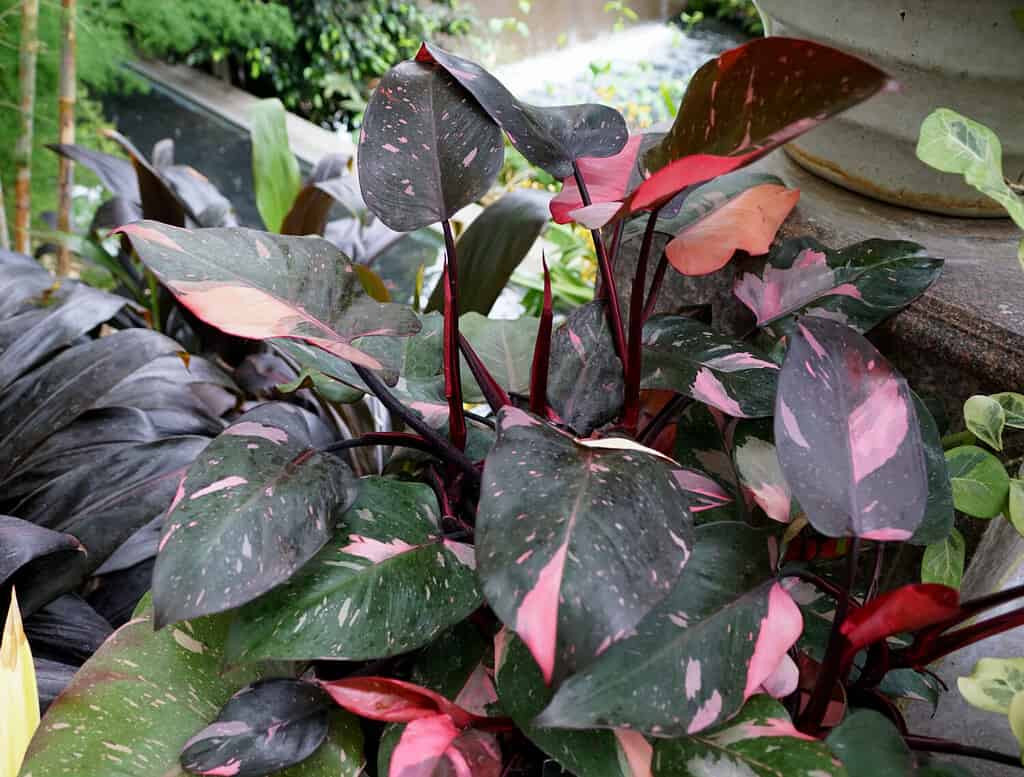
What makes the Pink Princess so special is the color of its leaf variegation — they are pink, as the name suggests.
©Khairil Azhar Junos/Shutterstock.com
1. Water Properly
Since philodendrons are tropical plants, they require a decent amount of water. These plants prefer to be consistently moist. However, keeping them from sitting in an overly soggy environment for long is essential. When the soil’s moisture level far exceeds what the plant can absorb, it may lead to root rot.
A good rule of thumb is to use your thumb (or another finger)! The top layer of soil dries out more rapidly than the rest, which can be deceiving. Instead of watering when the top layer dries, stick your finger about 1⁄2 inch to 1 inch deep. You can hold off on watering if it is still moist at that level. But if dry, you want to water your Pink Princess philodendron immediately.
Never let the soil dry out completely, or you risk killing your beautiful plant.
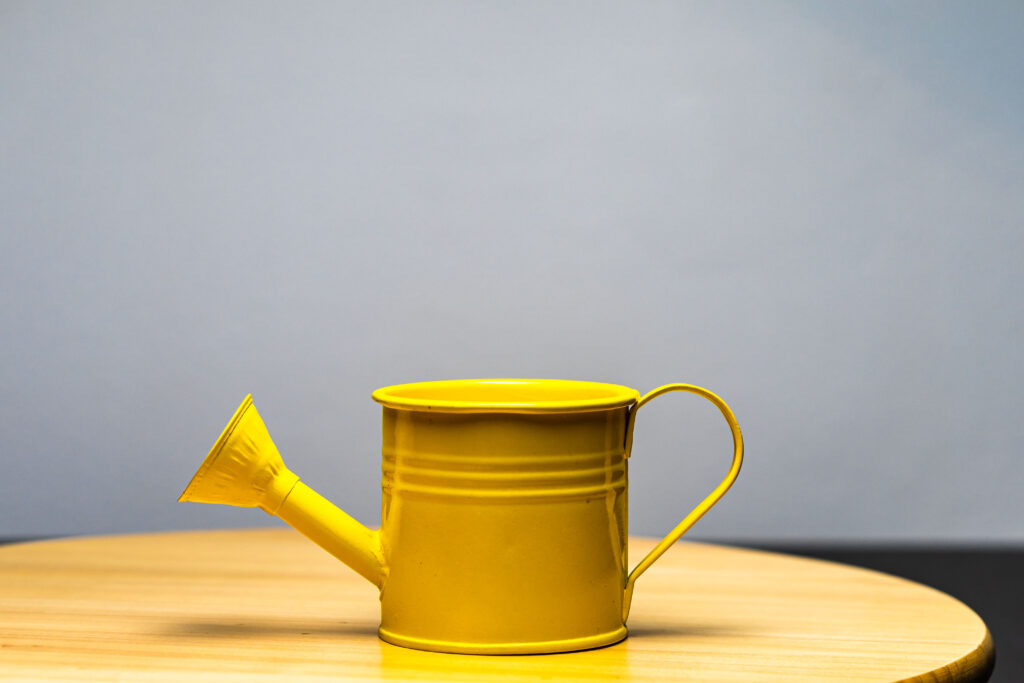
Water your Pink Princess philodendron when the soil is dry, roughly one inch down, but not before that.
©iStock.com/Wirestock
2. Growing Environment
Maintaining the proper growing space is vital to keep your Pink Princess philodendron healthy. Tropical plants require more humidity than most indoor areas get kept at. The exception is your bathroom, which will naturally have a higher humidity level due to the consistent water use.
These plants require a humidity level of at least 50% to thrive. Additionally, they need a warmer environment. The ideal temperature window is 60-85 degrees Fahrenheit (16-29 degrees Celsius). While the latter requirement is not as difficult to maintain indoors, the humidity levels can become challenging.
A few ways you can improve the humidity levels in your home include adding a dish of water near your Pink Princess philodendron or purchasing one (or more) humidifiers.

Consider adding a humidifier to your space to help boost the humidity levels in your space.
©Liudmila Chernetska/ via Getty Images
3. Light
Since Pink Princess philodendrons are often kept in pots indoors, achieving the appropriate light balance can prove difficult. Thankfully, they don’t have demanding needs when it comes to light. The most important thing is to get at least the minimum recommended light exposure. That way, your plant will put more effort into producing those stunning pink leaves. So, do what you can to maximize the color output!
Pink Princess philodendrons require six to eight hours of indirect sunlight daily. You can potentially get that by positioning your plants near the window. However, avoid putting them in a location that receives direct sunlight during mid-day. Too much direct sunlight can damage the leaves, especially when the sun is at its highest.
Alternatively, grow lights can help your plant get the correct light.
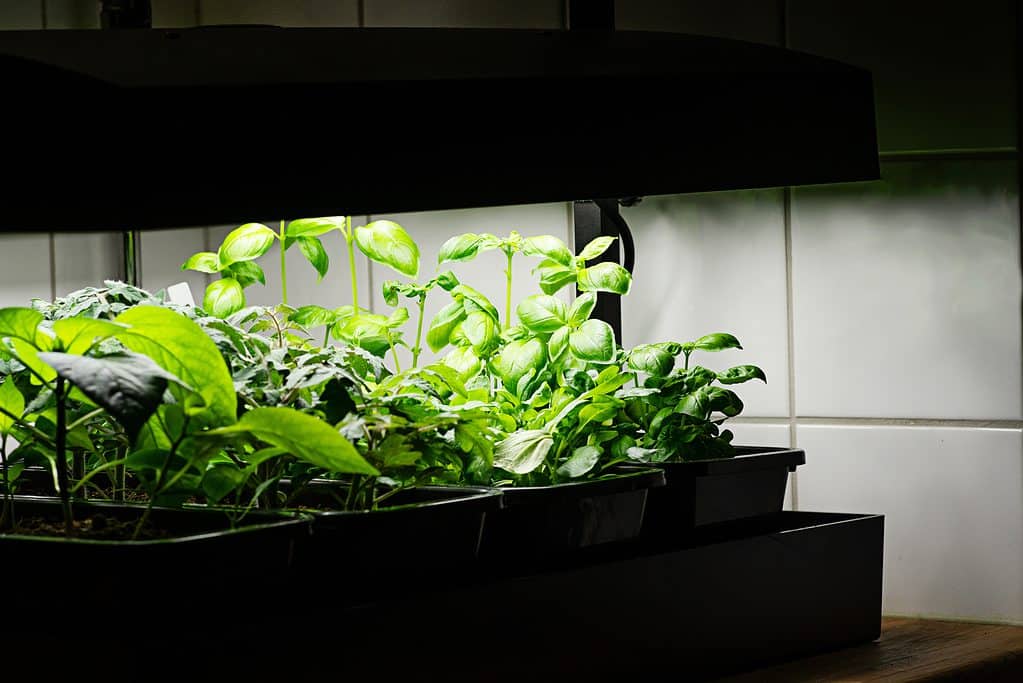
Consider adding a grow light over your Pink Philodendron to help it receive the appropriate amount of light daily.
©Susie Hedberg/Shutterstock.com
4. Avoid Over Fertilizing
Pay close attention to your fertilizing habits. Adding fertilizer regularly will help your Pink Princess philodendron grow lush and beautiful. But there is a sweet spot when it comes to fertilization. Find a balanced fertilizer that is ideally water soluble, which will help your plant absorb nutrients more quickly. Apply it regularly, per the package directions, only during the growing season. During the winter, your plant will become dormant and not need fertilizer.
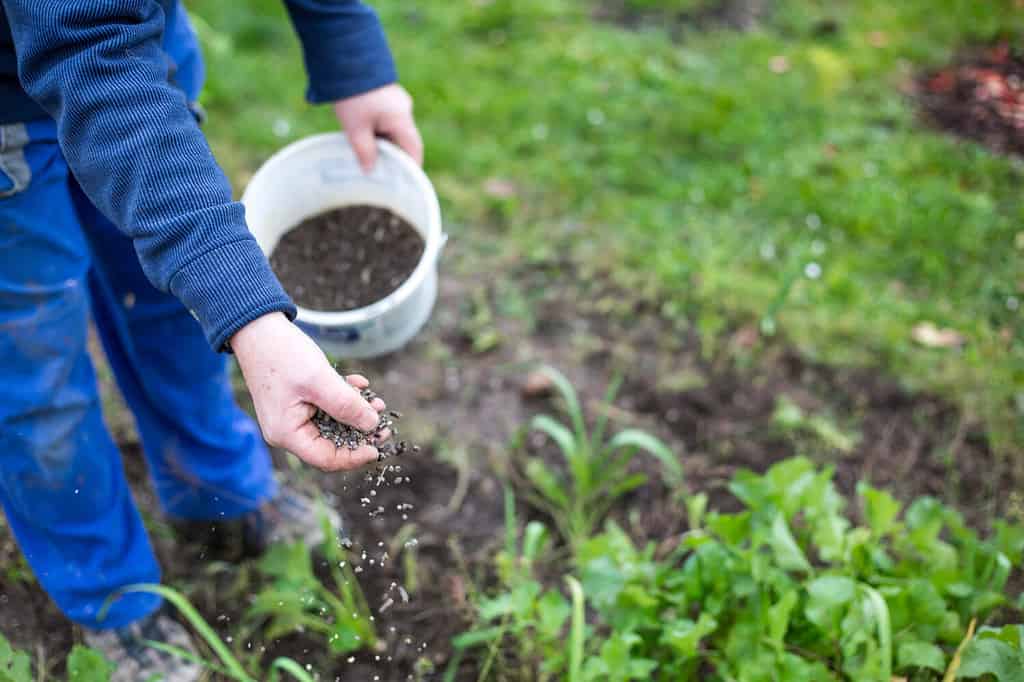
Adding fertilizer regularly will help your Pink Princess philodendron grow lush and beautiful.
©Simon Kadula/Shutterstock.com
5. Soil
Plant your Pink Princess philodendron in a well-draining potting medium high in organic matter. Since your plant will live in a container, giving it a solid start is essential.
The other soil factor to consider is ensuring it provides adequate drainage so the roots don’t get waterlogged. Unfortunately, many store-bought mixes tend to hold water. You can mix in additives like perlite to help lighten the soil mixture and improve drainage.

Add a soil mixture to your container that is well-draining, nutrient-dense, and rich in organic matter. You can also add perlite to loosen it up and allow for better drainage.
©Singkham/Shutterstock.com
6. Repot Regularly
Pink Princess philodendron plants don’t need to get repotted often. But try to get them into a new pot once every year or two unless your plant becomes root-bound. Their roots need ample space to stretch out. However, don’t plant it in too large of a pot. When there is too much room, the soil will retain water longer, which may lead to root rot.

Plant your Pink Princess philodendron in pots large enough for the roots to stretch out but not so large the soil always stays moist.
©Wirestock/ via Getty Images
7. Don’t Over Prune
You want to maintain a good mix of pink and green leaves on your Pink Princess philodendron. Without green leaves, the plant cannot produce enough chlorophyll, which it needs to live. Prune away any dead sections regularly. And cut back some of the pink leaves occasionally to the node. You’ll find that your plant has improved growth.
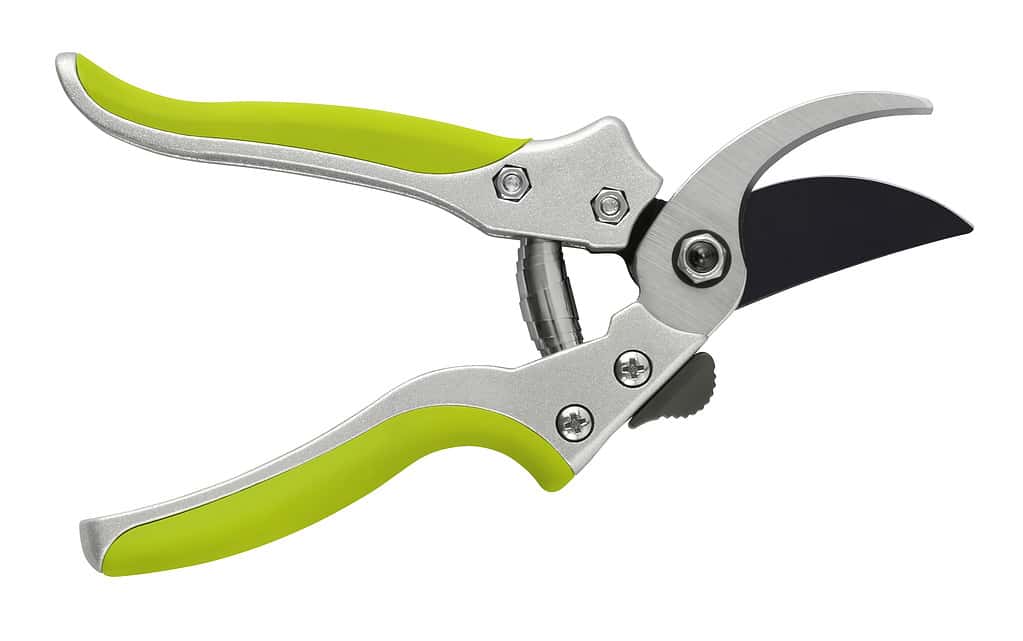
Use sharp pruning shears to prune your plant correctly to keep it healthy and ensure enough green leaves can survive.
©Visivasnc/ via Getty Images
8. Trellising
One of the reasons people are attracted to Pink Princess philodendrons is because they are magnificent climbing vines. But that means they need a support structure. Plant your philodendron near a trellis, or add stakes to your container. Of course, those aren’t the only options! Feel free to get creative with ways to support the trailing vines.
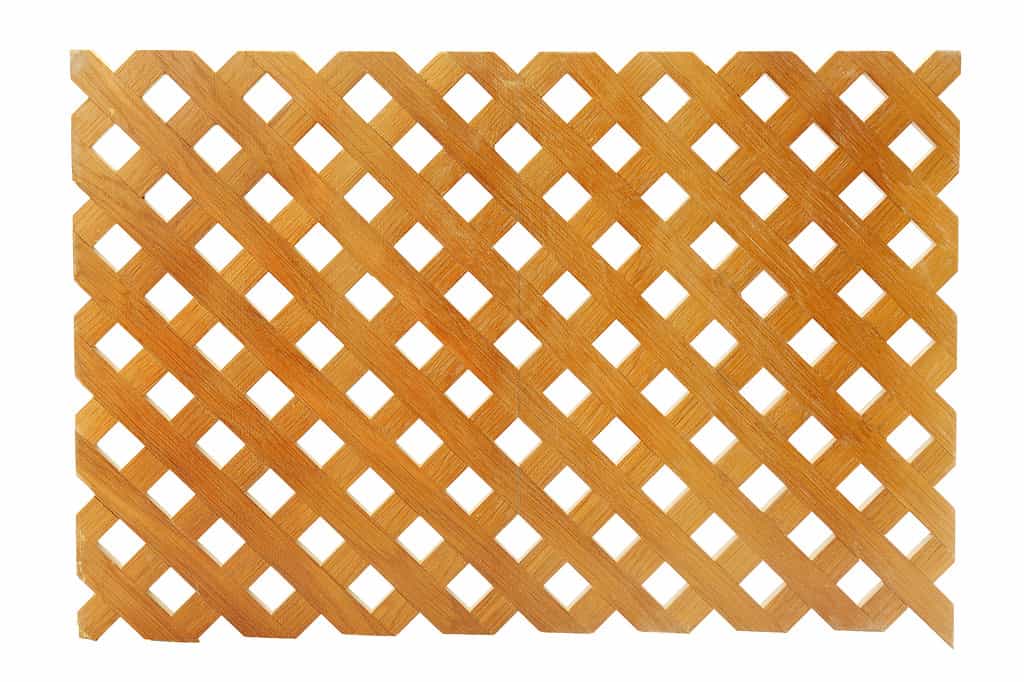
Pink Princess philodendron plants require some support, like a wooden lattice, trellis, or stake.
©Serg_Velusceac/ via Getty Images
Summary of 8 Tips for a Healthy Plant
| Number | Tip |
|---|---|
| 1 | Water Properly |
| 2 | Growing Environment |
| 3 | Light |
| 4 | Avoid Over Fertilizing |
| 5 | Soil |
| 6 | Repot Regularly |
| 7 | Don’t Over Prune |
| 8 | Trellising |
The photo featured at the top of this post is © Khairil Azhar Junos/Shutterstock.com
Thank you for reading! Have some feedback for us? Contact the AZ Animals editorial team.







